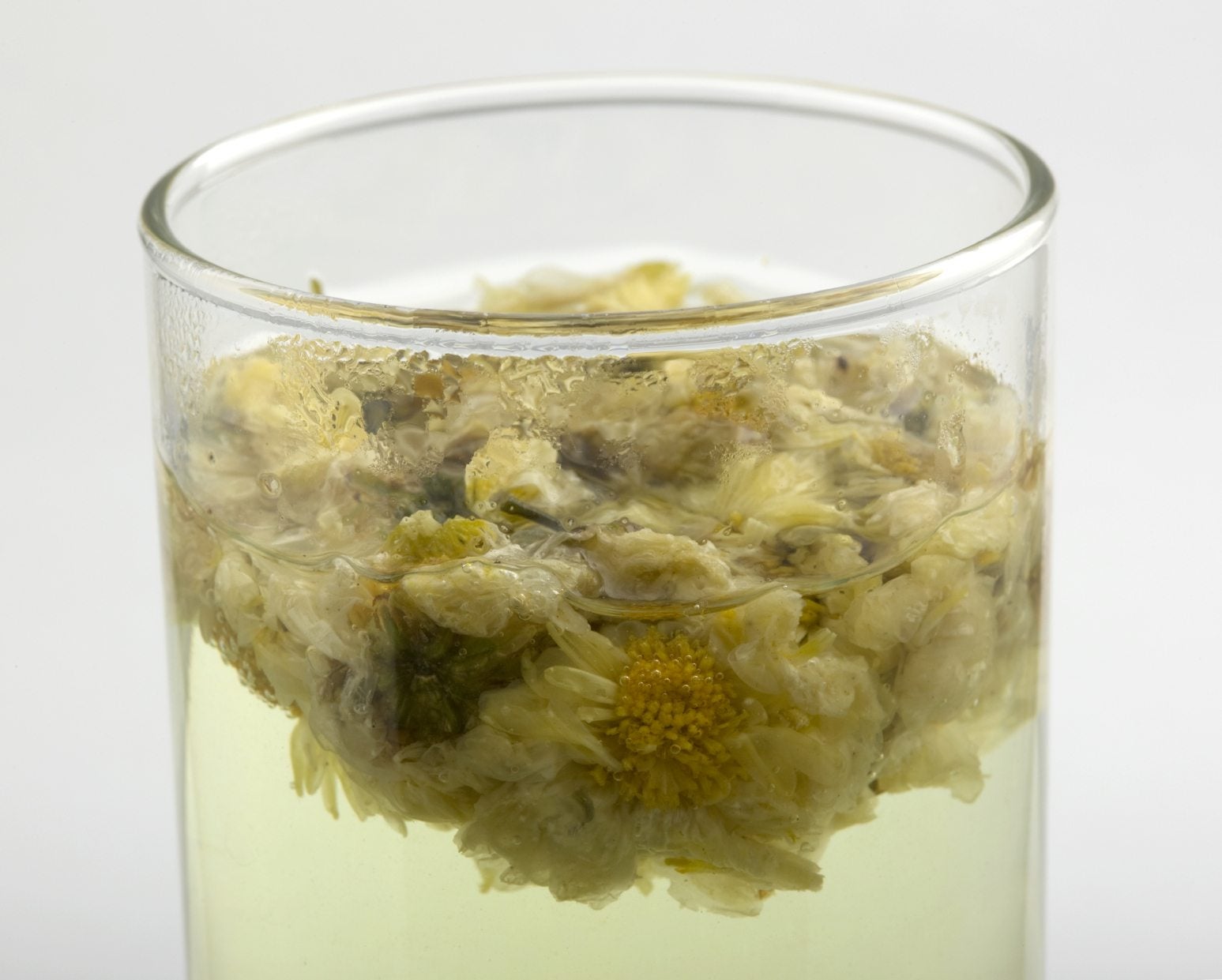Organic Garden Pest Control: Using Chrysanthemum For Pest Control


Chrysanthemums, or mums for short, are loved by gardeners and florists for their diversity of shapes and colors. There’s another reason you should be planting them all over your garden though: pest control! Chrysanthemums naturally produce a chemical called pyrethrin, and thanks to it, organic garden pest control can be as easy as scattering some mum plants.
Using Mums to Control Pests
Pyrethrin is the best of both worlds-- it’s a neurotoxin that kills insects but does not harm mammals or birds. Insects prefer to stay away from it, so using mums to control pests can be achieved simply by planting them throughout your garden, especially close to plants that tend to be plagued by bugs. To use a chrysanthemum for pest control, plant it about 1 to 1½ feet (31-46 cm.) from the plants you wish to protect. If using mums to control pests so sporadically isn’t for you, try planting a row of them as a border-- it should still do the job, but give your garden a more cohesive feel. If you don’t have the extra room for all these chrysanthemums in your garden, plant them in containers and place them wherever they fit.
How to Make Pesticides from Chrysanthemums
If you want to take your organic pest control one step further, you can actually make pesticides from chrysanthemums. Simply pick the flowers when they’re at their fullest and leave them undisturbed in a cool, dark place with good air circulation until they dry. Grind them up into a powder and sprinkle it around your garden to kill and repel insects. Another organic garden pest control can be made by steeping the flowers in hot water, allowing them to cool, and then sprinkling it on your plants. If this all sounds too intensive, there are commercial insecticides on the market derived from chrysanthemums. Buy yourself a bottle and fight off insects in a safe, organic, and biodegradable way.
Gardening tips, videos, info and more delivered right to your inbox!
Sign up for the Gardening Know How newsletter today and receive a free copy of our e-book "How to Grow Delicious Tomatoes".

The only child of a horticulturist and an English teacher, Liz Baessler was destined to become a gardening editor. She has been with Gardening Know how since 2015, and a Senior Editor since 2020. She holds a BA in English from Brandeis University and an MA in English from the University of Geneva, Switzerland. After years of gardening in containers and community garden plots, she finally has a backyard of her own, which she is systematically filling with vegetables and flowers.
-
 Looking For Plants To Give You The Soft And Fuzzies? Try These 5 Fuzzy Leaf Plant Options
Looking For Plants To Give You The Soft And Fuzzies? Try These 5 Fuzzy Leaf Plant OptionsLovers of texture, drama, silver foliage and tactile plants will adore these special sensory garden additions. These fuzzy leaf plant options will leave you all aglow
By Susan Albert
-
 Get Ready For A Summer Of Hummers! Grow These Full Sun Hummingbird Plants and Flowers
Get Ready For A Summer Of Hummers! Grow These Full Sun Hummingbird Plants and FlowersIf you’re lucky enough to enjoy a sunny backyard, make sure you are maxing out on your pollinator opportunities and grow these full sun hummingbird plants and flowers
By Tonya Barnett